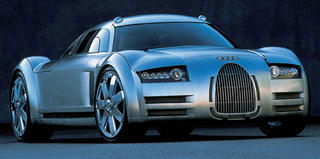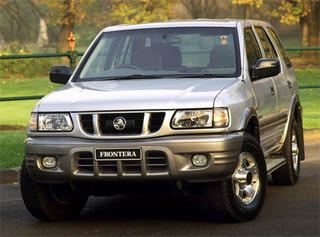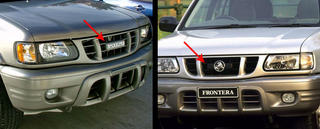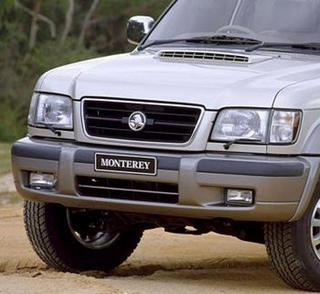
Scarab beetles were highly worshipped in Egyptian society. And according to movies like "The Mummy" and the "The Mummy Returns", they not only can be summoned by mummies to eat the living, but also showcase Brendan Frasier's bad acting. However, in real life Scarab beetles to not eat living flesh but crap. In fact, one species of Scarap aptly named the Dung Beetle rolls balls of crap with it's hind legs. When it's finished it lays eggs inside and it's larvae grow inside the crap ball while at the same time feeding on it. So it's slightly ironic that the Stout Scarab is sort of named after a rolling ball of crap.
William Bushnell Stout was a man of many accomplished titles. He worked for the Packard Motor Car Company as chief engineer, and became involved with the design and production of the renowned World War I Liberty V-12 aircraft engine. In the early '20s, he established the Stout Metal Plane Company, which was bought by Henry Ford in 1924; Stout remained as vice-president. Stout also formed Michigan-based Stout Air Services, said to be the first U.S. airline to offer regularly scheduled passenger flights; it was sold to United Airlines in 1929. When Ford and Stout disagreed about the Tri-Motor plane, Stout left the company in 1932.
He then concentrated on cars, and through his Stout Engineering Laboratory, began applying the principles of aircraft design to automobiles. Stout's first Scarab prototype was completed by 1932 and looked like no other car on the road. Its aircraft heritage was evident in the steel space frame and aluminum body. It was powered by a Ford V-8 engine mounted in the rear and resembled a fat aircraft without wings or tail. The lack of a driveshaft allowed a low, flat floor, and with its very long wheelbase, and the wheels pushed out the corners, the Scarab was very space efficient. It could really be called the forerunner of the modern mini-van.
Stout formed the Stout Motor Car Company to put it into production. The second Scarab was an evolution of the first, although with some styling and mechanical changes. The headlamps were set behind a vertical-bar grille, which I imagined improved nightime vision. A louvered grille was mounted between the lights, making the car look like a minivan prototype of the Phantom Corsair. At the rear, narrow chrome bars curved from the back window down to the bumper, giving the car an art deco appearance. The body was now steel.
An advanced feature was four-wheel independent suspension, which utilized coil springs surrounding large oil-filled struts, an idea borrowed from aircraft use, where they were called "oleos." They were much like the automobile suspension struts that Earle MacPherson would later invent. The tops of these struts were mounted high, just below the window line. With the suspension thus anchored above the car's centre of gravity, the body was slung like a hammock, which meant that it "banked" inward in corners instead of leaning out as conventional cars did. Smart, but not very practical. Double transverse leaf springs were later used at the rear. Stout also experimented with air suspension using rubberized fabric bellows.
Stout offered the Scarabs for sale for $5,000, in 1935. Several were bought, probably for their novelty value, by such well known figures as tire maker Harvey Firestone, and chewing gum magnate Philip Wrigley. Stout built only nine Scarabs, and five still exist.






